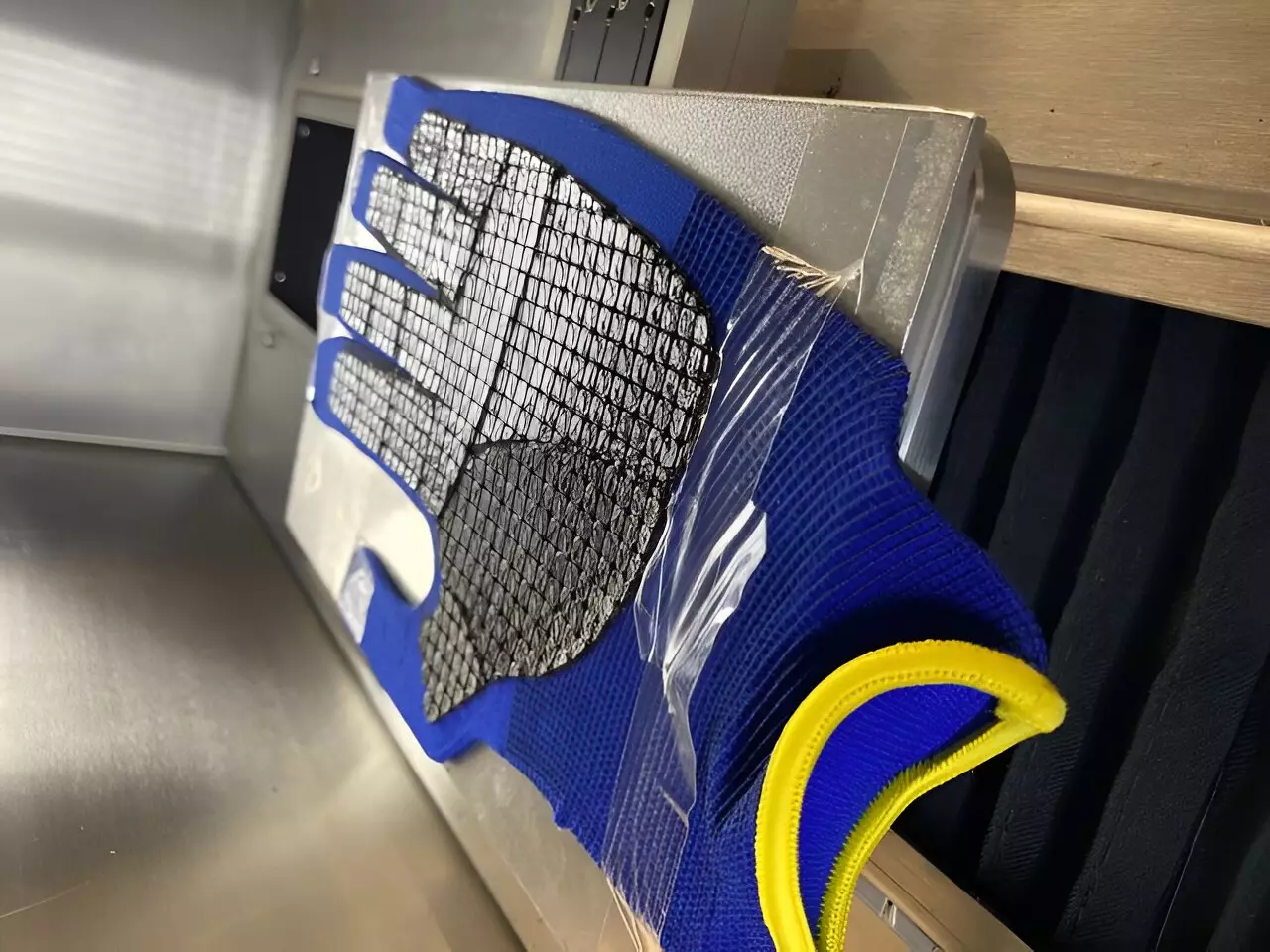Protective gloves are an essential part of various activities, from industrial work to gardening and sports. They serve the important purpose of safeguarding our hands from injuries, abrasions, and harmful substances. Traditionally, the coatings applied to these gloves have relied heavily on synthetic materials, such as oil-based polymers, nitrile rubber, and latex. However, recent advancements in material science suggest an exciting alternative: lignin-based coatings developed using innovative 3D printing techniques.
Lignin is a natural biopolymer found in plant cell walls and is typically regarded as a by-product of the paper production process. Its significance in the development of eco-friendly materials cannot be understated. Researchers at the German Institutes of Textile and Fiber Research Denkendorf (DITF) are at the forefront of utilizing lignin in glove coatings, shifting the focus from conventional synthetic materials to more sustainable options. By harnessing the characteristics of lignin, they have crafted coatings that maintain strength and flexibility while minimizing environmental impact.
One of the key motivations behind this research is the urgent need to reduce pollution caused by traditional glove coatings. As these coatings wear down, they release microplastics and other abrasive particles into the environment, contributing to pollution. In contrast, the lignin-based coatings are engineered to tackle this issue head-on. Though lignins are hydrophobic and biodegrade slowly, the unique properties of the lignin particles released during abrasion allow them to break down more quickly than conventional materials, thereby reducing their long-term environmental footprint.
The integration of 3D printing technology into the manufacturing process of protective gloves presents numerous advantages. One of the most significant is the level of customization afforded to the wearer. 3D printing allows for tailored designs that meet individual requirements, enhancing comfort and mobility. Moreover, the precision of 3D printing ensures that the application of the lignin coating is both efficient and effective, fostering a new standard for protective gear.
The development of gloves coated with lignin not only addresses ecological concerns but also aligns with safety standards commonly required in various industries. These gloves demonstrate superior durability and resistance to cuts, punctures, and chemical exposure. As a result, they are poised to redefine protective equipment, blending the need for safety with a commitment to sustainability.
The pioneering work being done by researchers at DITF sheds light on a promising direction for glove manufacturing. By choosing to innovate with lignin, they are not only enhancing the functional properties of protective gloves but also making strides toward a more sustainable future. As industries increasingly prioritize environmental responsibility, lignin-based coatings may well become the norm in protective gear, leading the charge in transforming how we think about safety, comfort, and ecological impact in the workplace and beyond.

